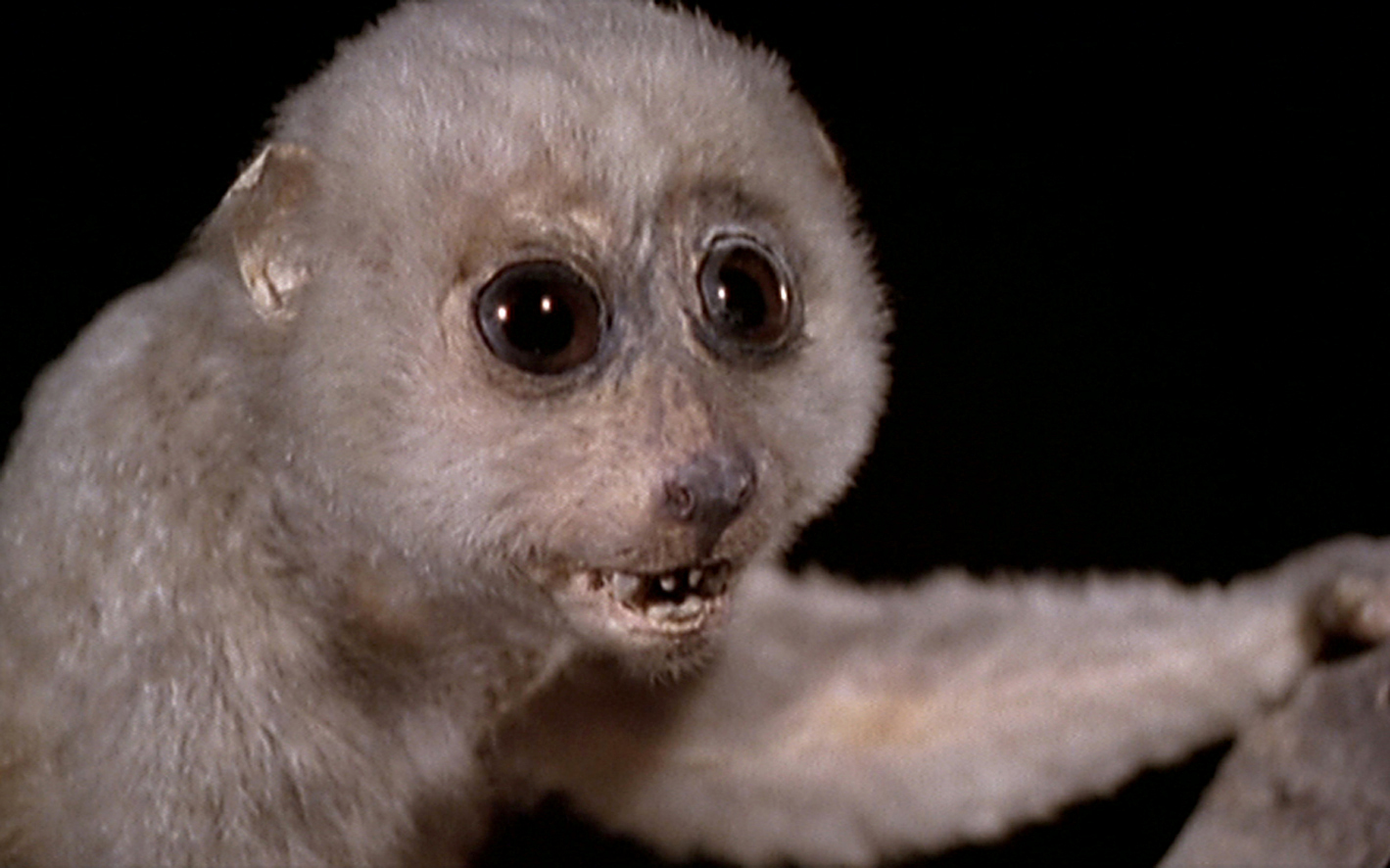Animal crackers
Serge Kaganski / Les Inrockuptibles – June 5, 1996
In the tidal wave of post-Cannes releases, we mustn’t overlook Animals, a genuine jewel of cinematic intelligence caught but, hopefully, not crushed between the films by Rohmer and Desplechin. We already knew its director, Nicolas Philibert, from Louvre City, a meticulous exploration of the wings and secrets of the famous museum, and from In the Land of the Deaf, a wonderful lesson in the way we view others released in theatres last year. In Animals, Philibert’s camera has painstakingly recorded the stages in the renovation of the Paris Museum of Natural History. A gigantic and meticulous restoration project that called on dozens of diverse and even opposing skills from grey matter to elbow grease: the taxidermists’ dainty fingers, the palaeontologists’ knowledge, the movers’ muscles, the colourists’ eye, the architects’ gaze, the archivists’ organization… Philibert reveals a whole human and scientific bestiary to us, from the smallest tasks (classification of butterflies, the sticking of a feather onto a bird) to the largest undertakings (reconstruction of the building and reorganization of the departments according to the chain of evolution…), from the head (the scientists’ conceptual reflections) to the legs (the sweat of the truckers transporting an elephant), a huge collective work of staging and representation. And, last of all, as a good filmmaker, Philibert also shows us a metaphor for the shooting of a film. But, beyond mankind, the true stars here are our ancestors and distant cousins, all these insects, reptiles and mammals that are being repainted, repaired and done up, from claws to snout. The tour de force of Animals lies in bringing back to life this fauna frozen for eternity in stuffed poses. Through the intelligence of his gaze and the power of the moving images, Philibert touches on a form of fantasy film that calls to mind the finest moments in documentaries by Franju or Resnais: a monkey looks at us oddly like a fear-stricken old man, an elephant slips between the plane trees of the Jardin des Plantes, a zebra flies off outside the Museum’s windows, a bear waits to have an eye stuck back in, other animals seem ready to pounce from their shelves to seize the throats of their jailers (or of the audience looking at them) – countless surrealistic perspectives arising from the most prosaic situations. Without showing it, Philibert launches into a reflection on the gaze that recalls the animal inventory of Bresson’s Au hasard Balthazar. The filmmaker stares this stuffed fauna in the eye; all of a sudden, it is observing us in silence, with, deep in its eyes, a terrible air of reproach, a mysterious interrogation. Lingering feelings of guilt rise to the surface with this question from an 11-year-old schoolgirl after seeing the film: “Where do the animals come from? Were they killed so they could be stuffed?” A camera is never neutral. But the top prize for humour has to go to another schoolgirl who asked Philibert: “Why don’t you perform in the film?” The filmmaker certainly isn’t mature enough (or dead enough) for embalming and, at this stage in our evolution, 20th century man isn’t about to join the specimens in the museum. In the meantime, Philibert has given us a lesson in modesty (man’s vanity in the huge chain of evolution). A lesson that has the elegance of being first and foremost a brilliant film, on the border of science, architecture, poetry, fantasy, naturalism and a work-in-progress.
